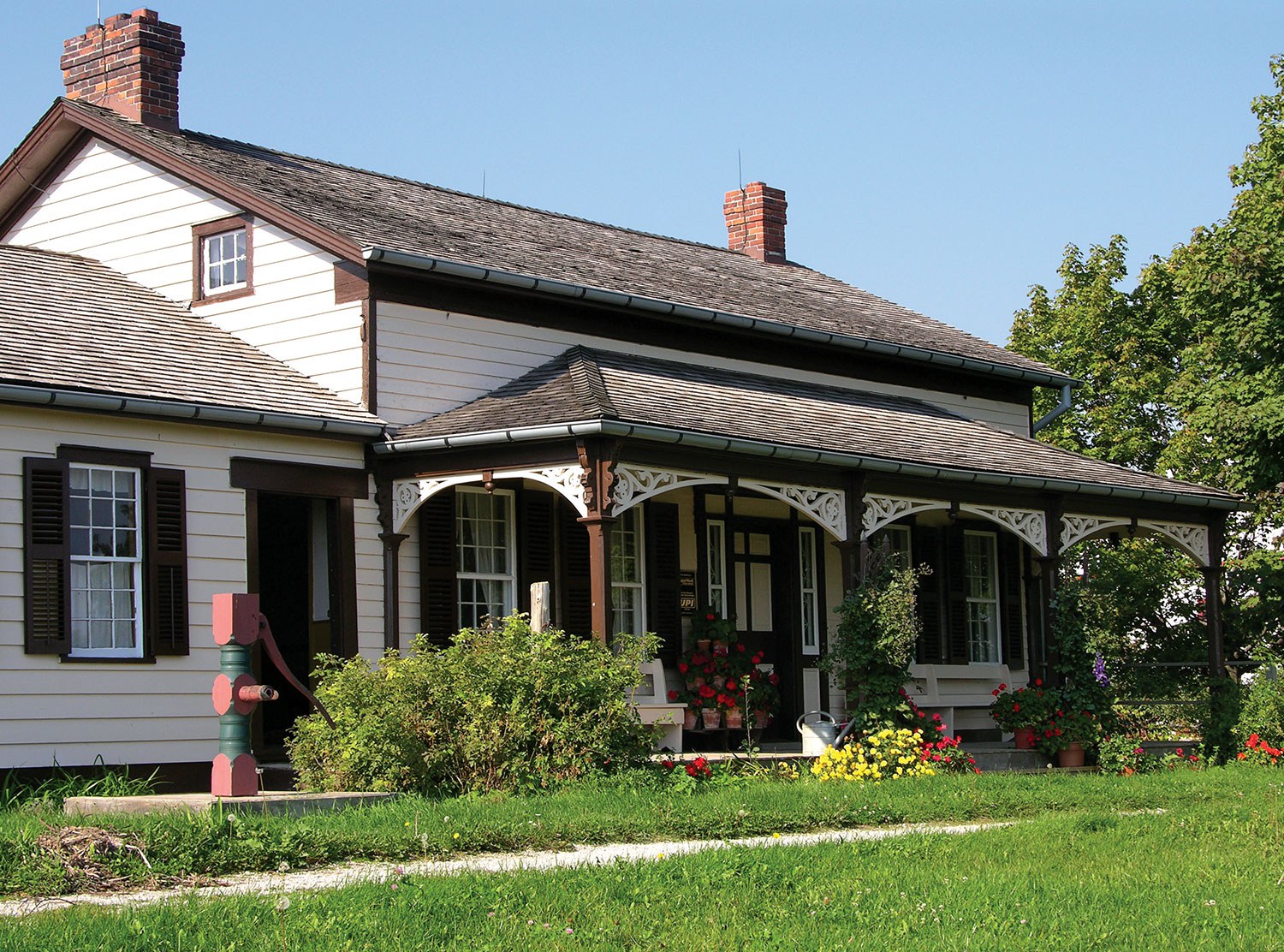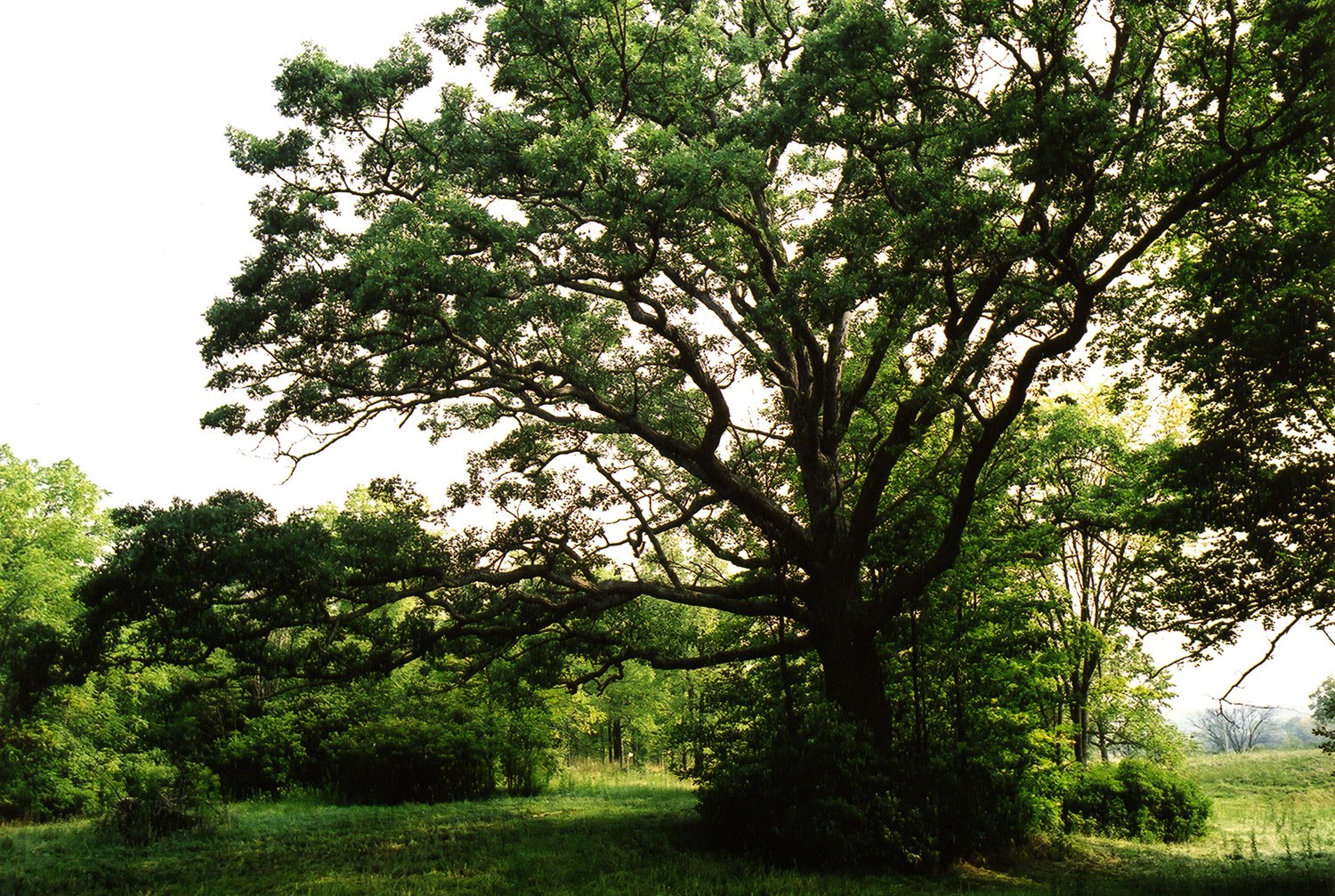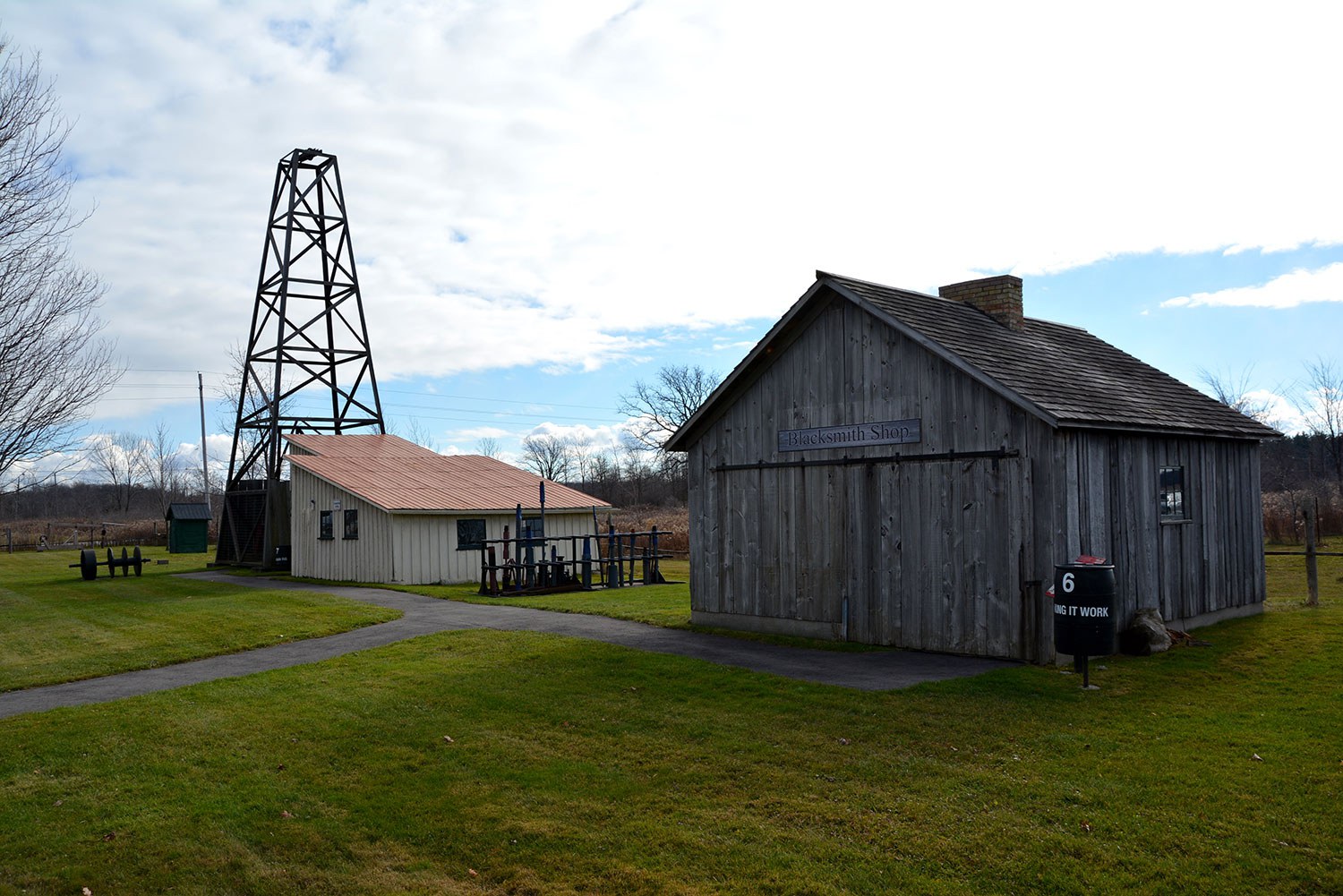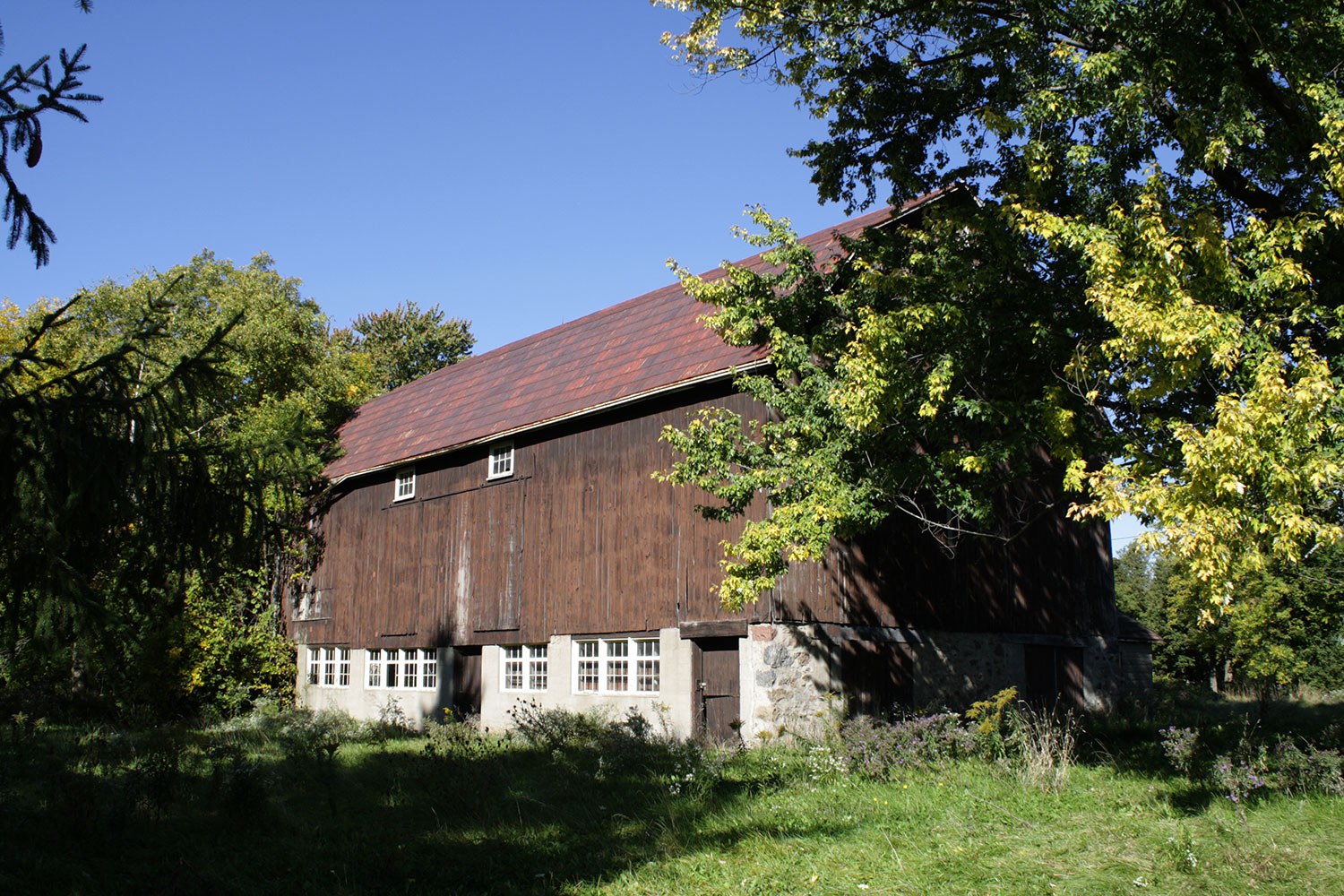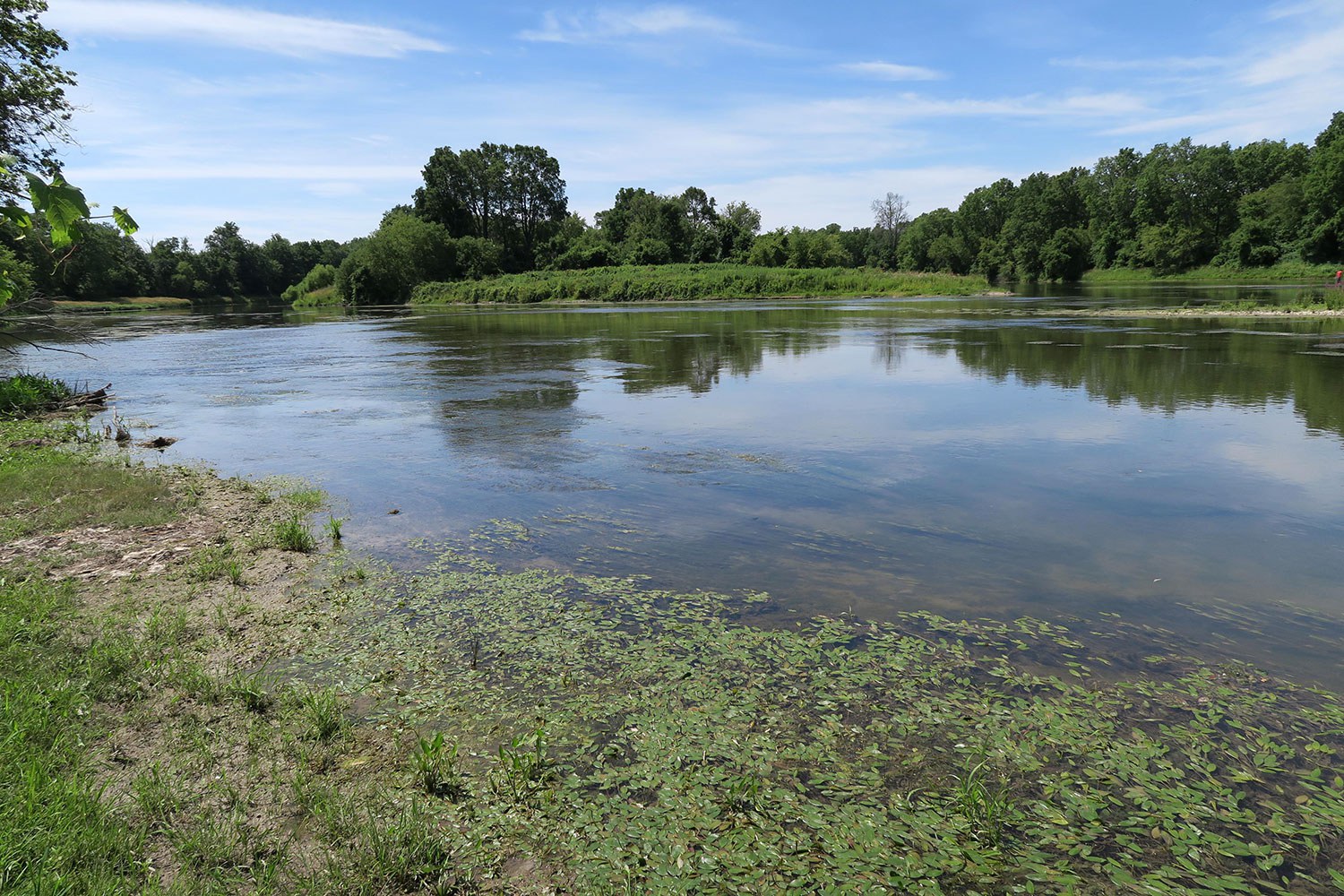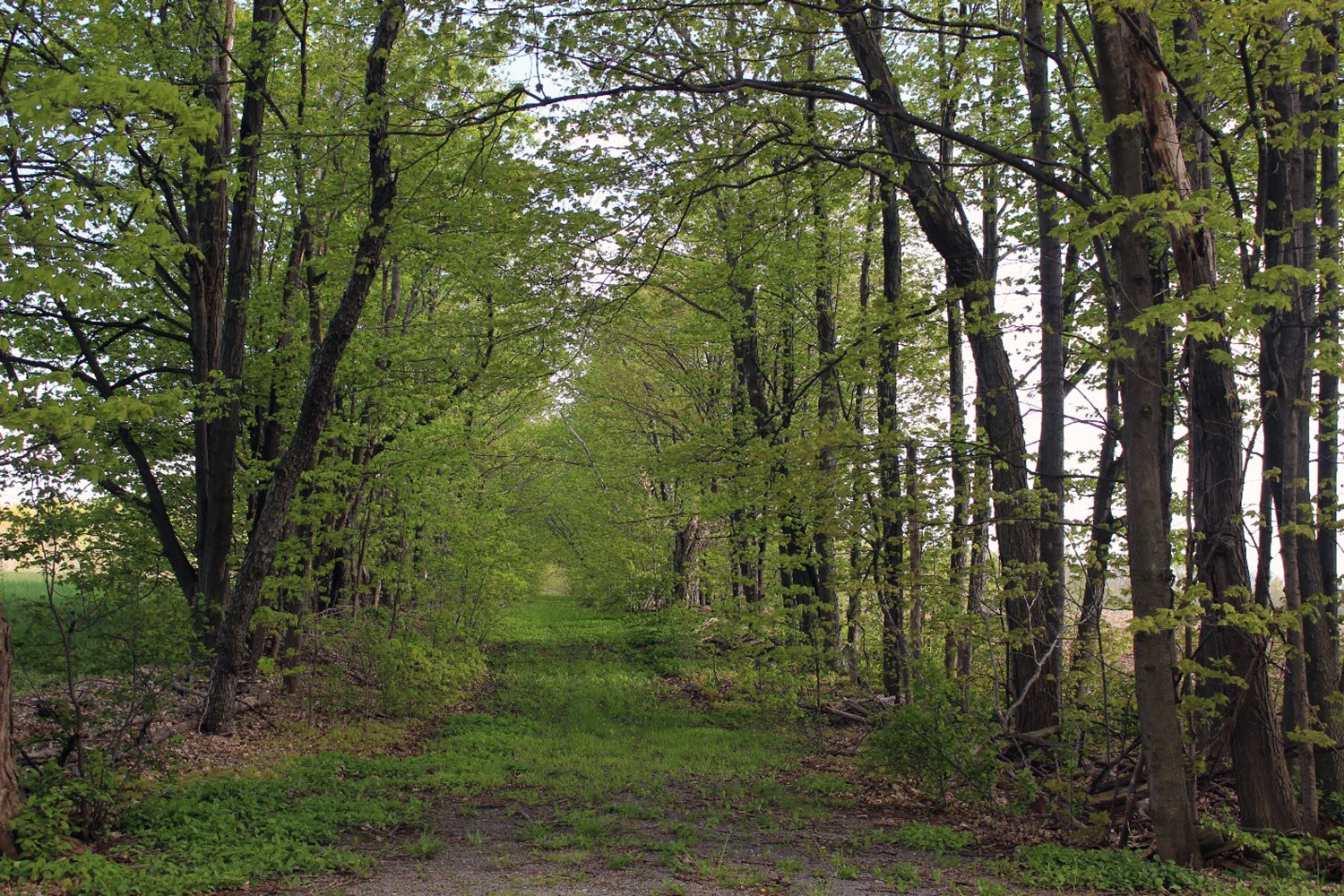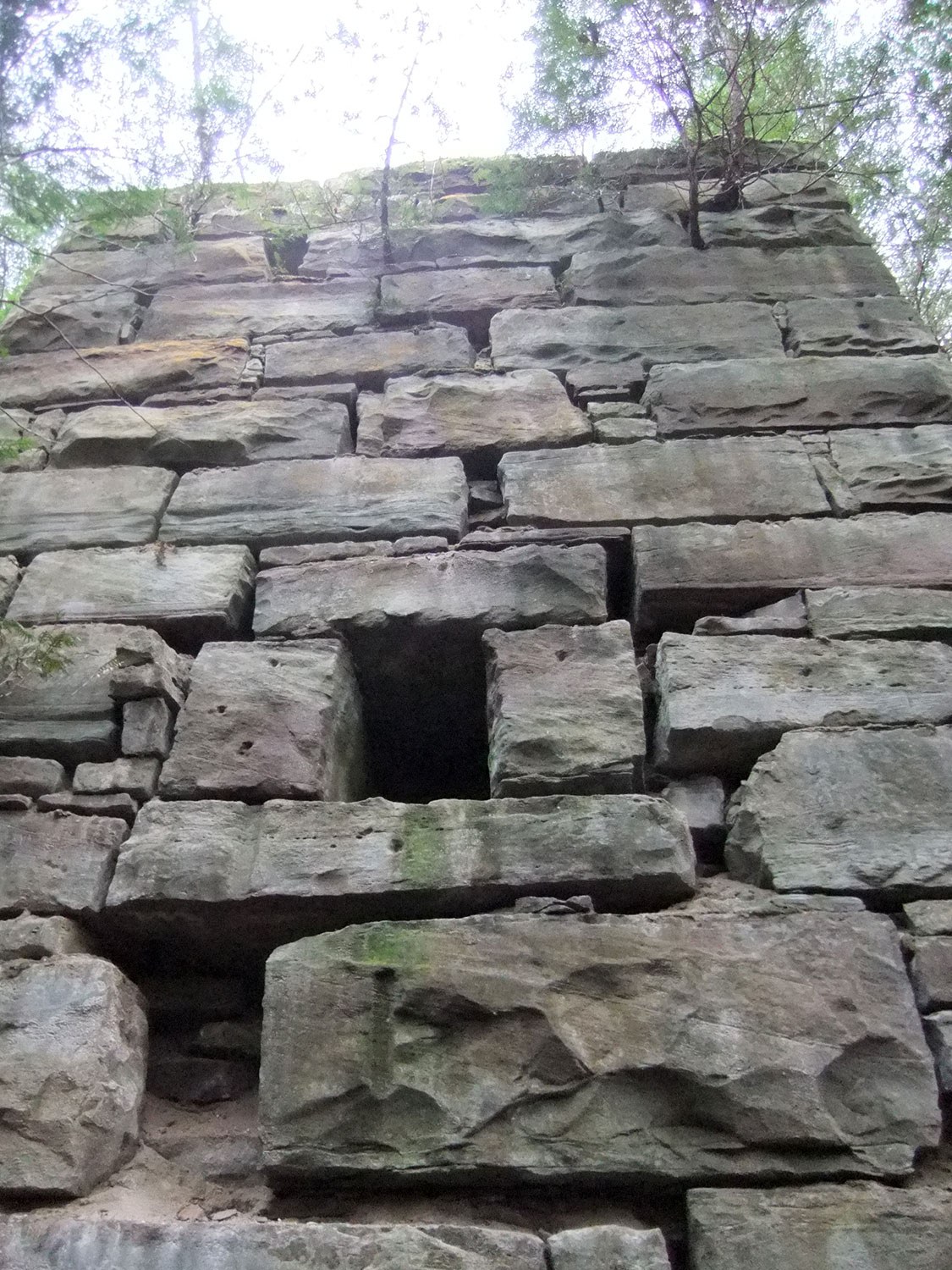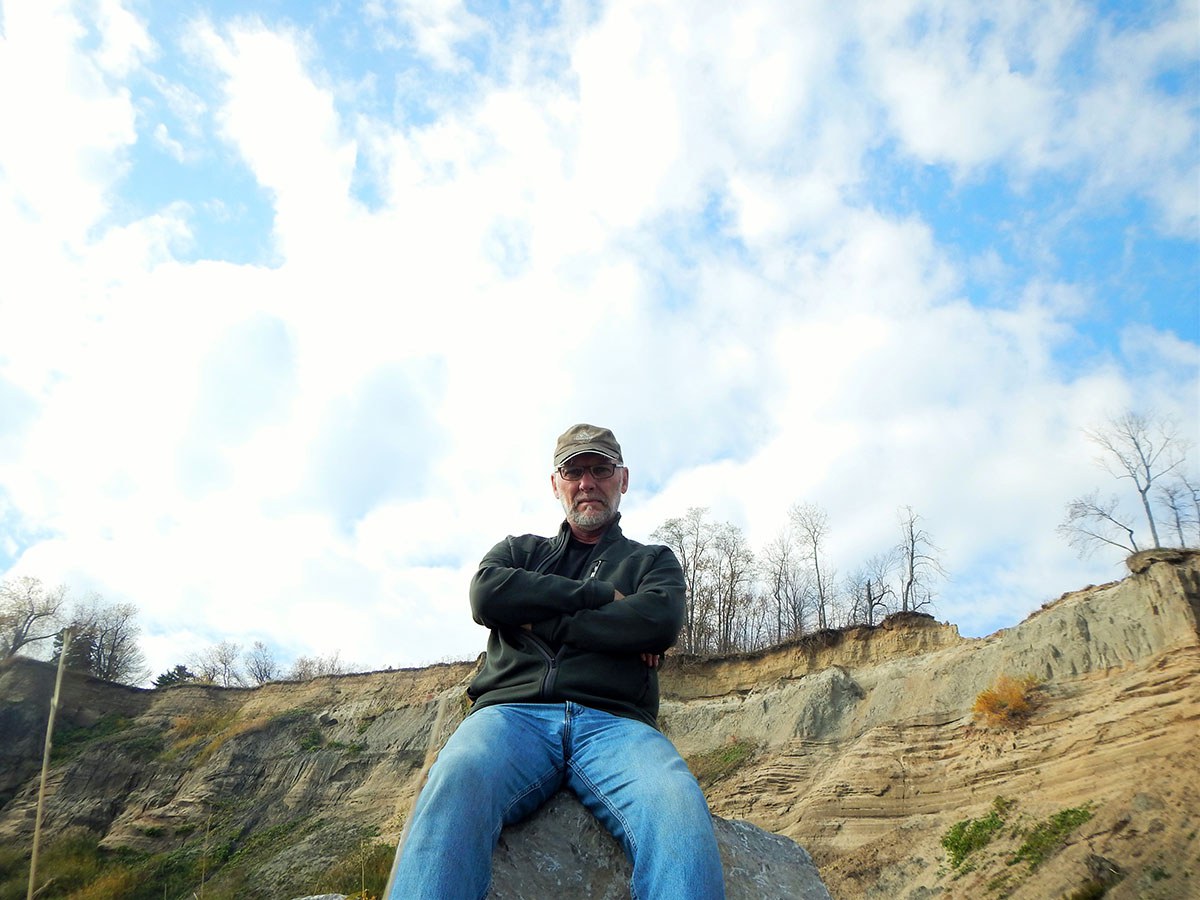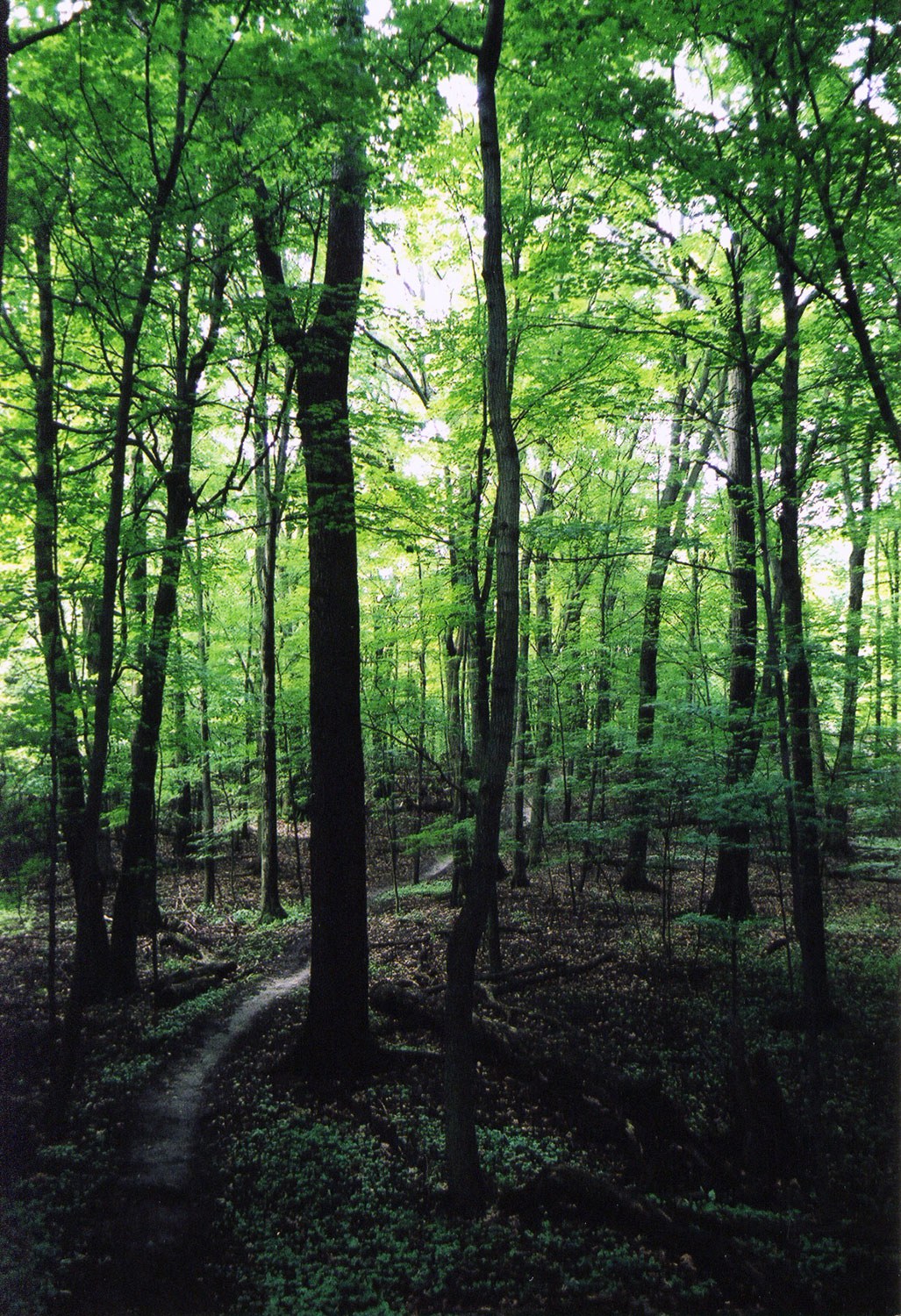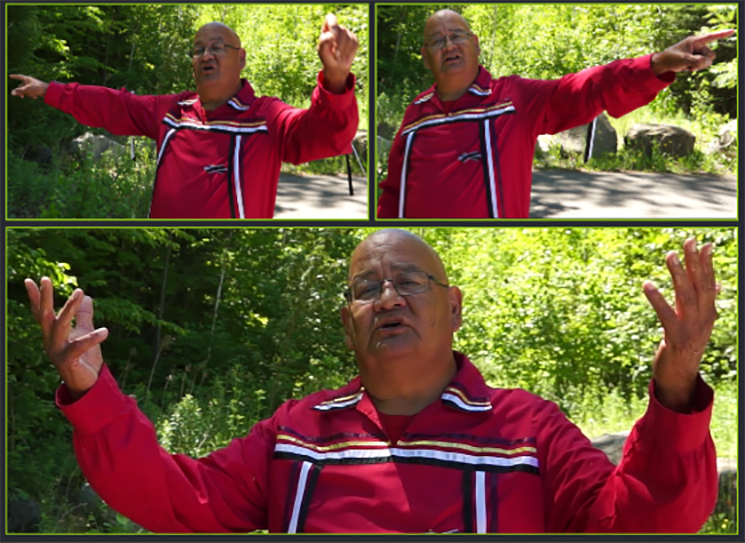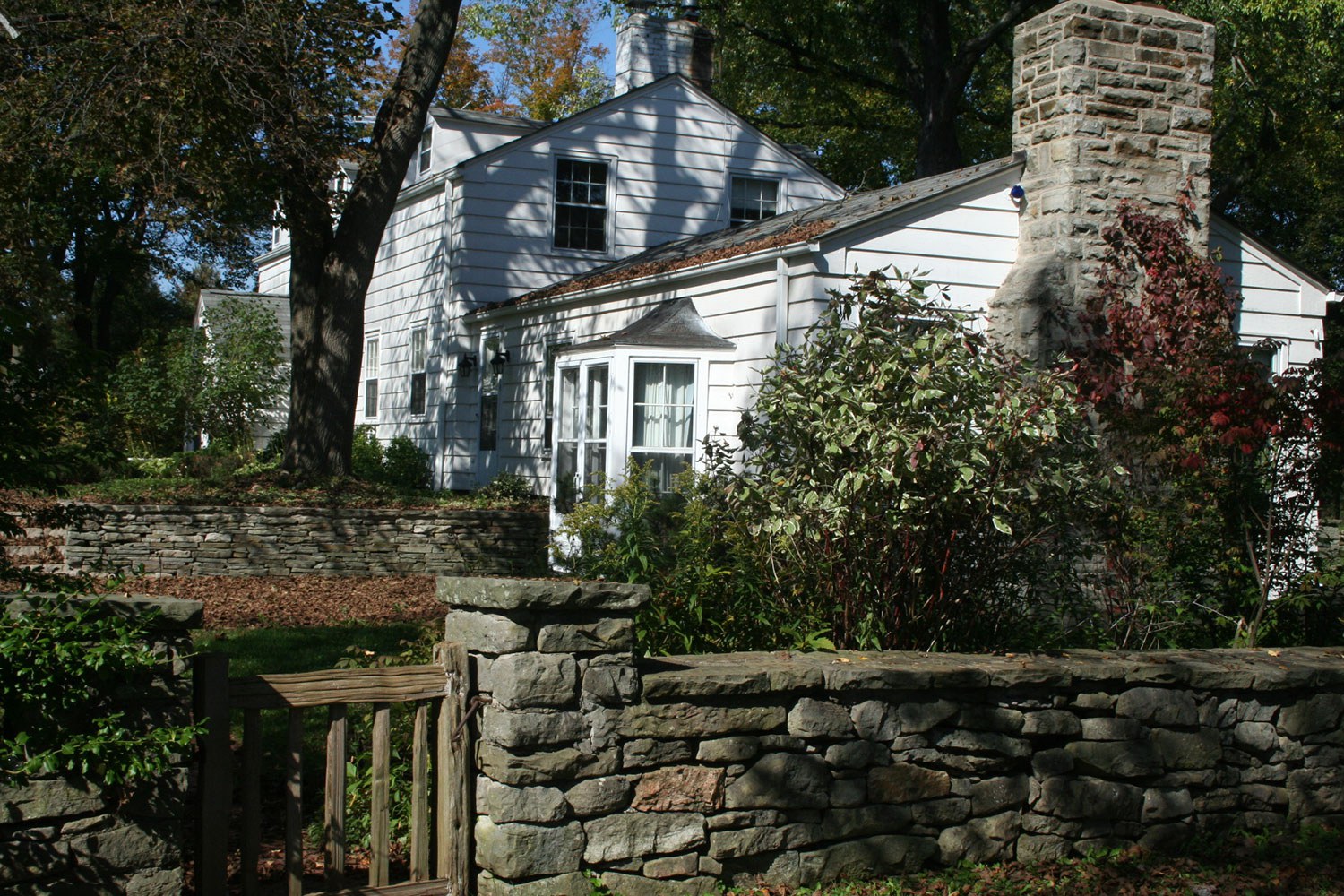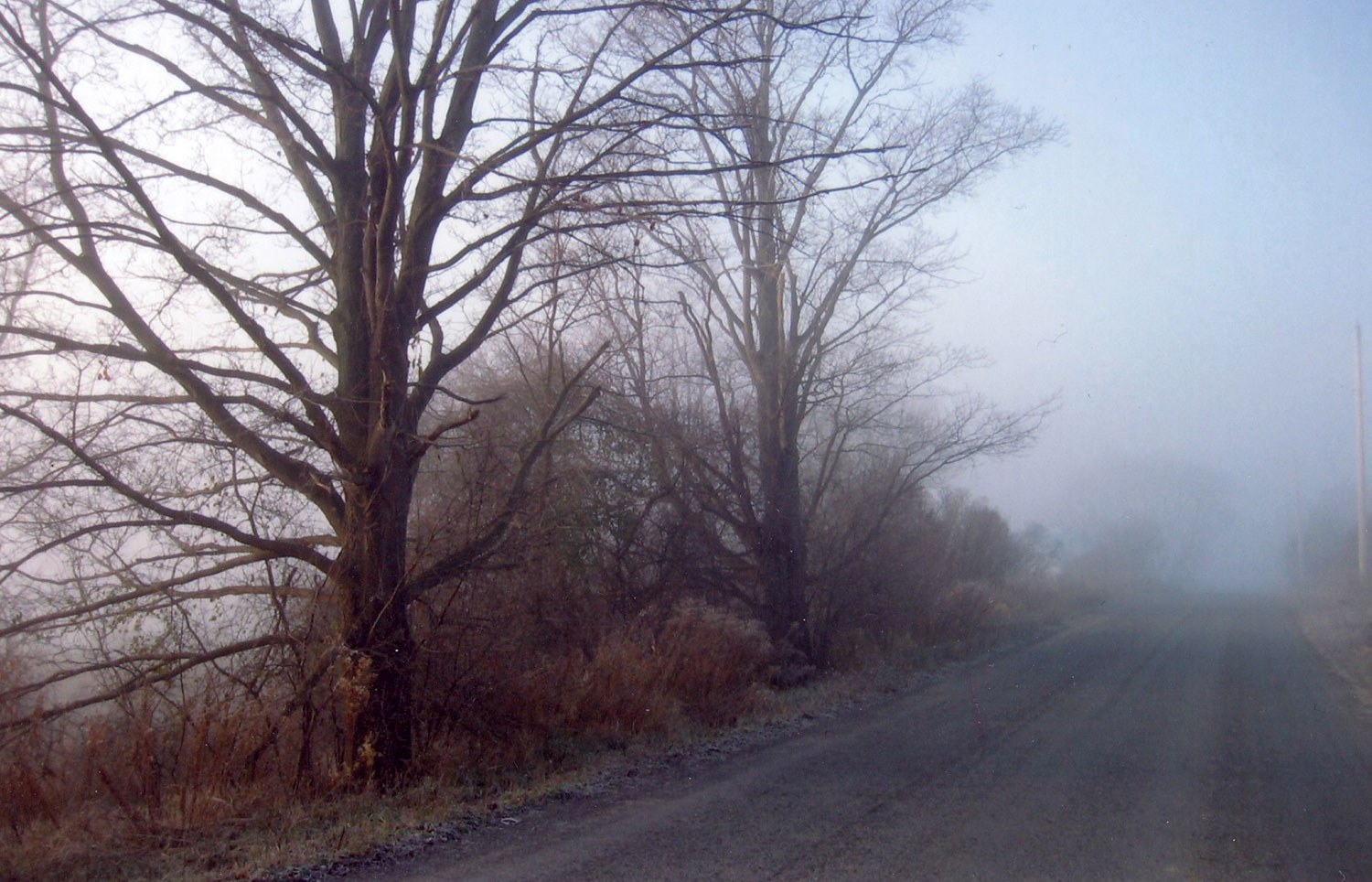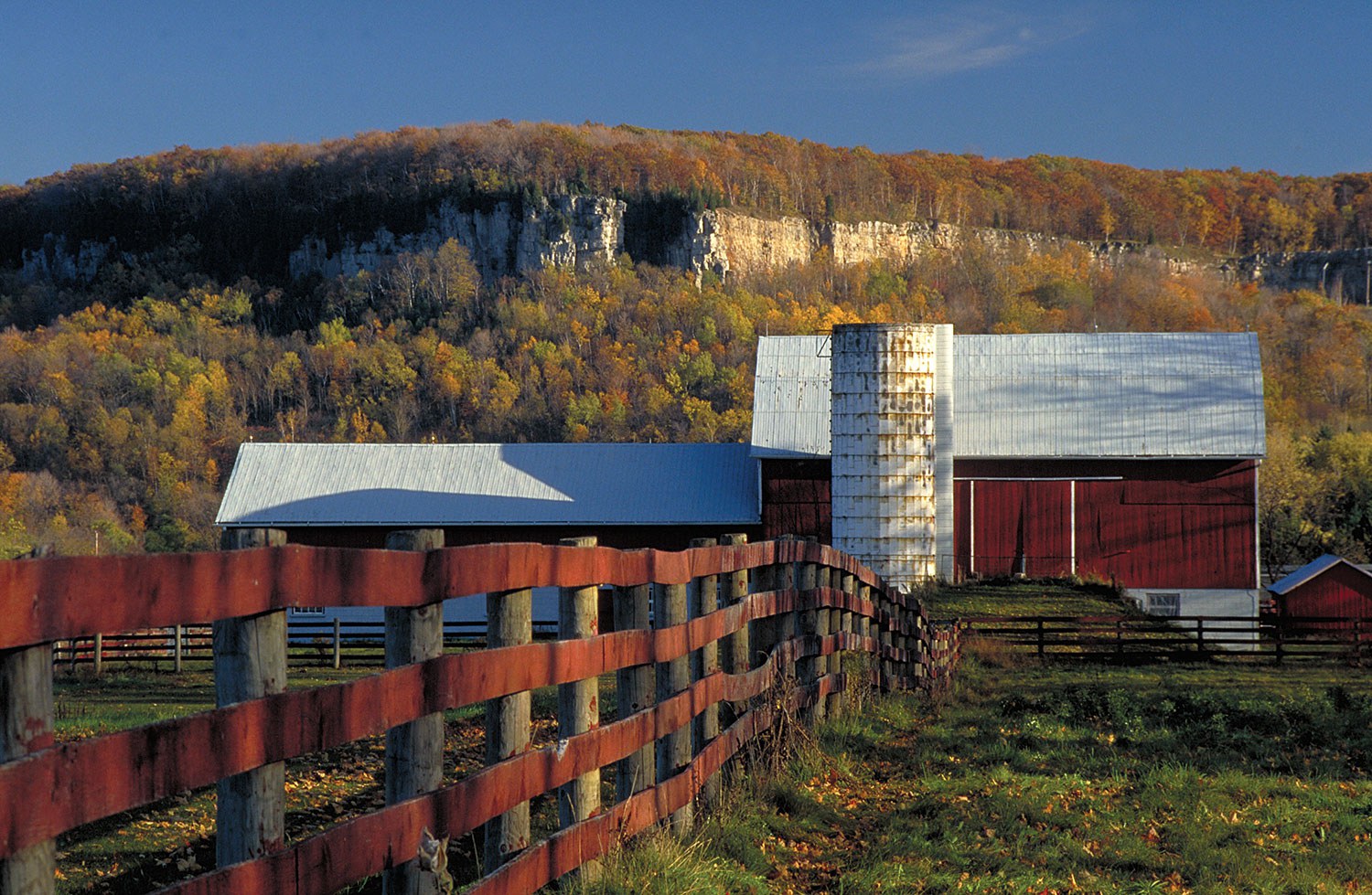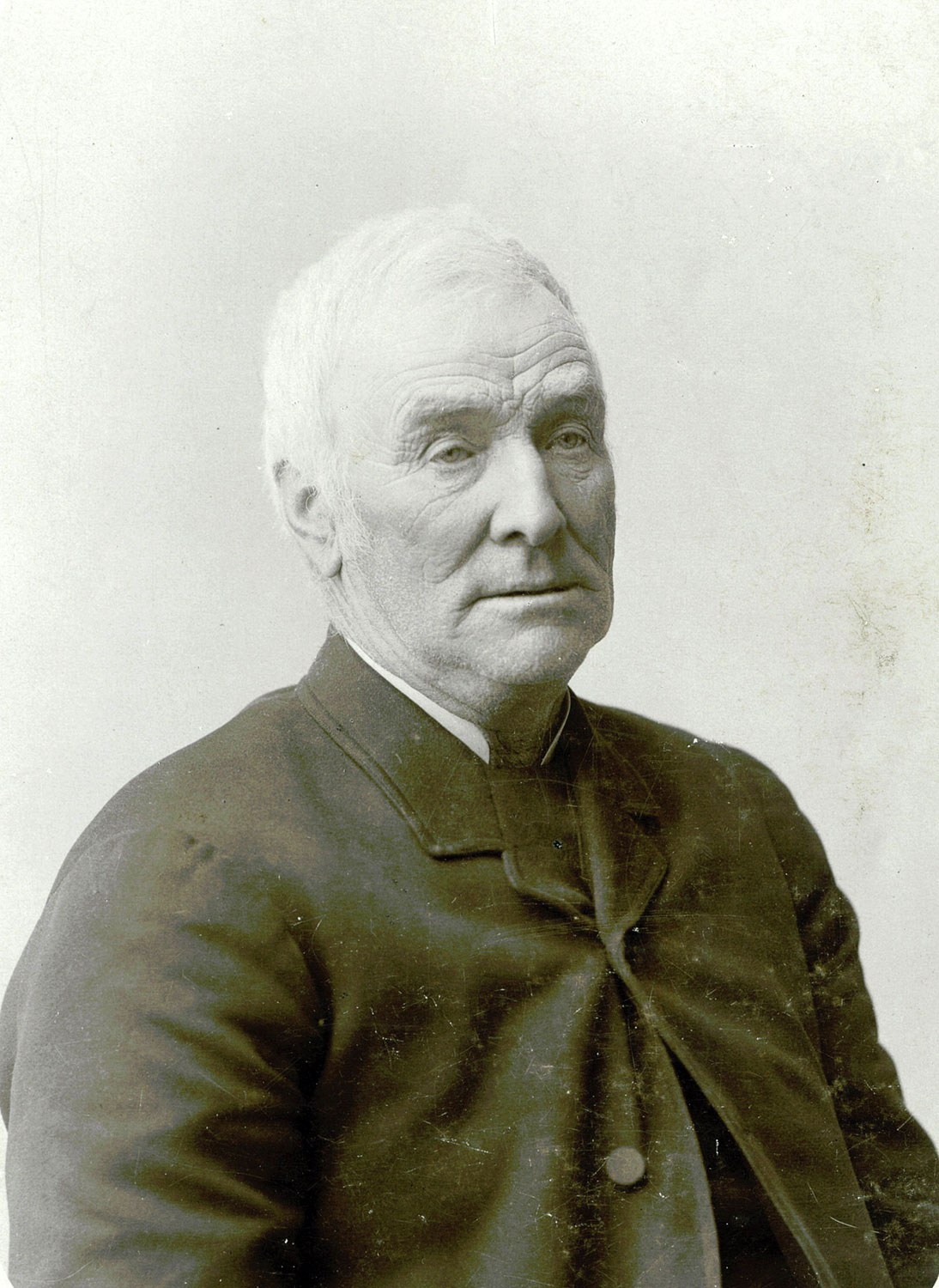

Browse by category
- Adaptive reuse
- Archaeology
- Arts and creativity
- Black heritage
- Buildings and architecture
- Communication
- Community
- Cultural landscapes
- Cultural objects
- Design
- Economics of heritage
- Environment
- Expanding the narrative
- Food
- Francophone heritage
- Indigenous heritage
- Intangible heritage
- Medical heritage
- Military heritage
- MyOntario
- Natural heritage
- Sport heritage
- Tools for conservation
- Women's heritage
Tools for conserving cultural landscapes
Cultural landscapes
Published Date: Sep 09, 2016
Photo: Conservation easements enable the Trust to protect a complex of relocated agrarian structures at Country Heritage Park in Milton (Lucas House shown here).
Landscapes may appear static but they are always changing. Whether by human or natural influences, the changes are constant and often important. So, how do we protect something that is constantly changing? How do we go from recognizing a site’s significance to enacting the tools to protect it? What tools exist in the first place? In Ontario, protection can be approached from several directions, depending on the landscape and the level of protection being sought.
The obvious place to begin is the Ontario Heritage Act. Among other things, the act enables municipalities and the Minister of Tourism, Culture and Sport to list and designate individual heritage properties. It also empowers municipalities to designate Heritage Conservation Districts (HCDs), which protect landscapes encompassing multiple properties and structures. In Ontario today, there are over 120 HCDs protecting largely urban commercial and residential districts in over 40 municipalities – such as Barriefield in Kingston, Waverley Park in Thunder Bay, Ottawa’s ByWard Market, King Street in Cobourg and Toronto’s Rosedale. HCDs can be created over multiple jurisdictions to protect unique cultural landscapes, as is the case with the industrial HCD of Oil Heritage Park in Lambton County. An HCD can also be created for a single property, as is the case with Toronto’s Fort York.
The Ontario Heritage Act also enables a municipality – or the Ontario Heritage Trust – to protect a property with a conservation easement agreement. An easement is voluntarily entered into, registered on title and is typically held in perpetuity. It prohibits and regulates activities that impact the heritage attributes of a property, and it creates a relationship that stewards and manages change in order to safeguard the site’s heritage. Using this tool, the Trust has been able to protect such sites as the cultural landscape of a former provincial hospital in Smiths Falls at the Rideau Regional Centre, a complex of relocated agrarian structures at Country Heritage Park in Milton, as well as the layered history of Lansdowne Park in Ottawa and Ruthven Park in Cayuga. The latter example contains natural and cultural features – including significant First Nations heritage.
However important all of these examples are, they represent only a small number of the province’s cultural landscapes. Rural areas and industrial sites are under-represented, as are Indigenous sacred places. While using the tools available in the act may not always provide the best means of protection, a number of planning tools are available that have been used to create a formal system of protection for identified cultural landscapes. These include municipal cultural landscape policies, design guidelines, secondary plans, and official plan guidelines linked to the Provincial Policy Statement. Zoning bylaws can also be used to regulate new construction or protect views to and from important buildings or places. The Niagara Escarpment Plan, and other provincial plans, can be used to protect and control development in special areas (e.g., world biosphere reserve), which could be considered massive cultural landscapes in their own right, containing an untold number of individual cultural landscapes across many communities and jurisdictions.
The surface has only been scratched on how we recognize cultural landscapes. With all of these tools available, it is still important to consider how new statutory planning powers and management tools tailored for cultural landscapes could be created and implemented. If the Ontario Heritage Toolkit were expanded to provide a methodology for identifying and defining cultural landscapes working with Indigenous peoples, it could develop a process and system to recognize, protect and steward sacred cultural landscapes. Natural and cultural heritage could be integrated at the land-use planning level to help identify both simultaneously rather than in isolation.
In order to protect, one must first be informed. Identification and the incorporation of cultural landscapes into planning is the most effective tool, and will help create new protective policies for the future. When it comes to the protection of cultural landscapes, there are no quick fixes. While helpful, all of these tools are not complete mechanisms and cannot enforce the continued use, traditions or evolution of the landscapes that they are meant to protect. Still, they are a good start and will remain the basis of all protective tools that are sure to come.

